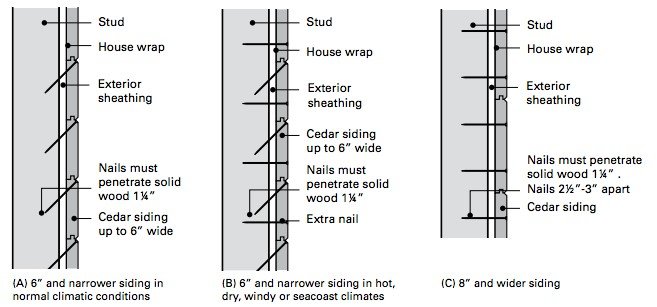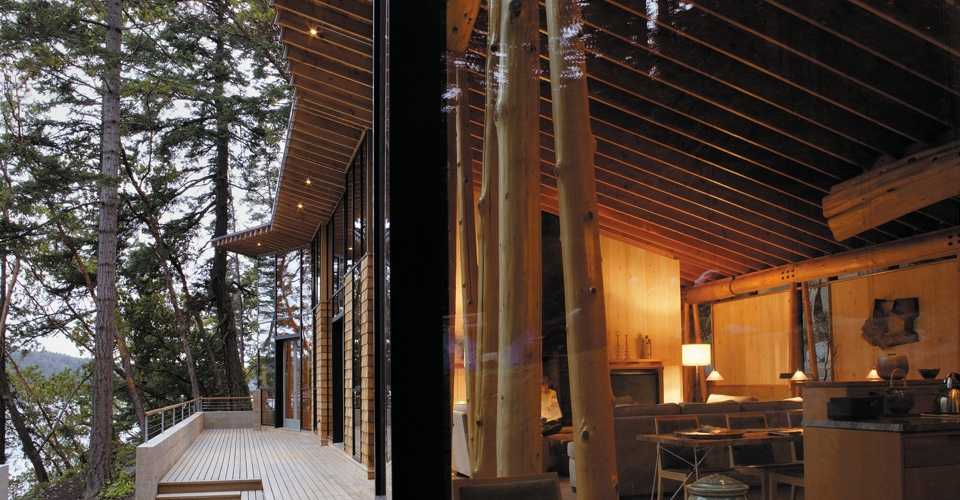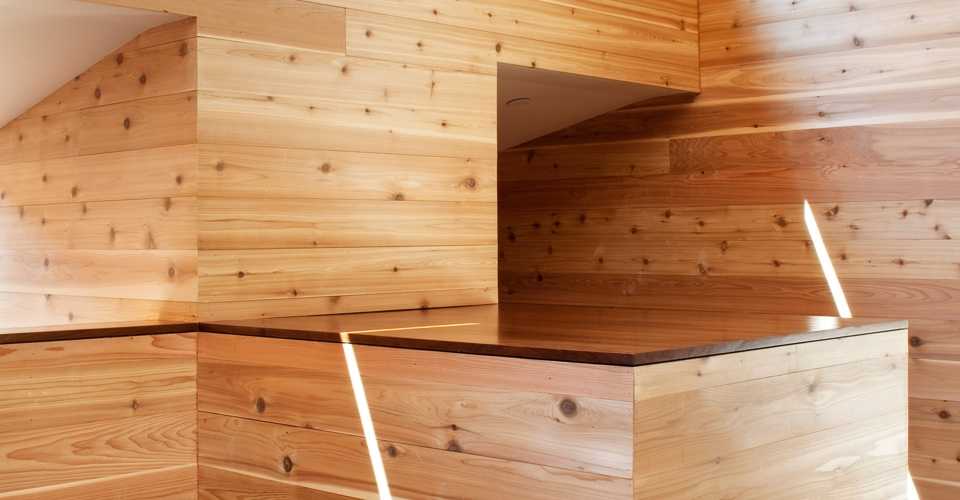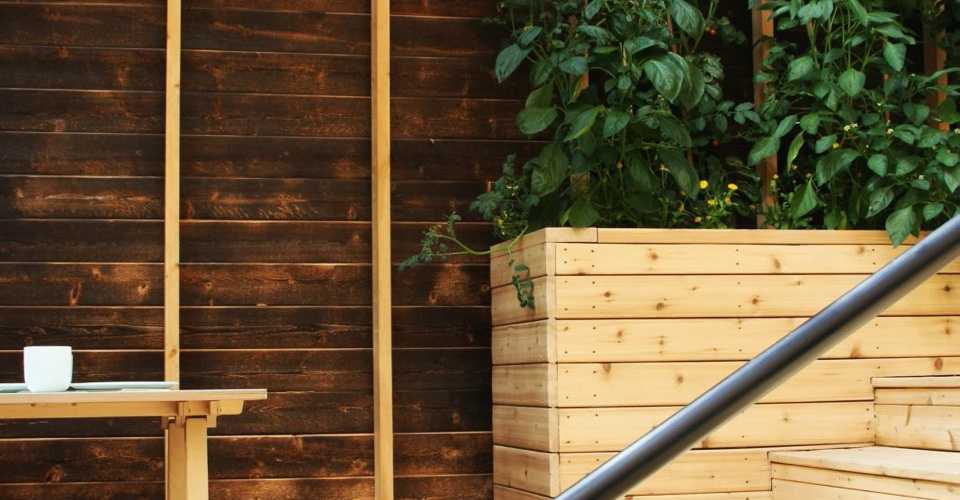Back
Back
Back
Back
Back
Back
Back
Back
Back
Back
Back
Back
Back
Back
Back
Back
Back
Back
Back
Back
Back
Back
Back
Back
Back
New Zealand
Installing Tongue & Groove Siding

Tongue & Groove Installation

Tongue and groove siding can be installed horizontally or vertically. In horizontal application, start at the bottom and work up with the groove edges facing downwards. Siding up to 6 inches wide can be blind nailed with one siding nail per bearing toe-nailed through the base of each tongue. Wider siding should be face nailed using two nails per piece. Nails must penetrate 1-1/4 inches into solid wood.
In vertical application, start at one corner with grooved edge toward the adjacent wall. Use a level or plumb line to ensure that the first board is installed plumb. The grooved edge of the first board may have to be trimmed to ensure a flush fit. Siding is nailed to horizontal blocking lines installed between studs or to furring strips. As with horizontal installation, pieces up to 6 inches can be blind nailed and wider pieces should be face nailed.
Please note that the measurements displayed on this webpage are displayed in Imperial units. If metric is required, please perform the proper conversion as necessary.
Please note that the standards, grades and other information mentioned on this webpage are based on North American data. Please refer to your local resources or authorities for country-specific data relating to a particular country if required.
© 2025 All rights reserved
Gatsby Website Development by Jambaree


